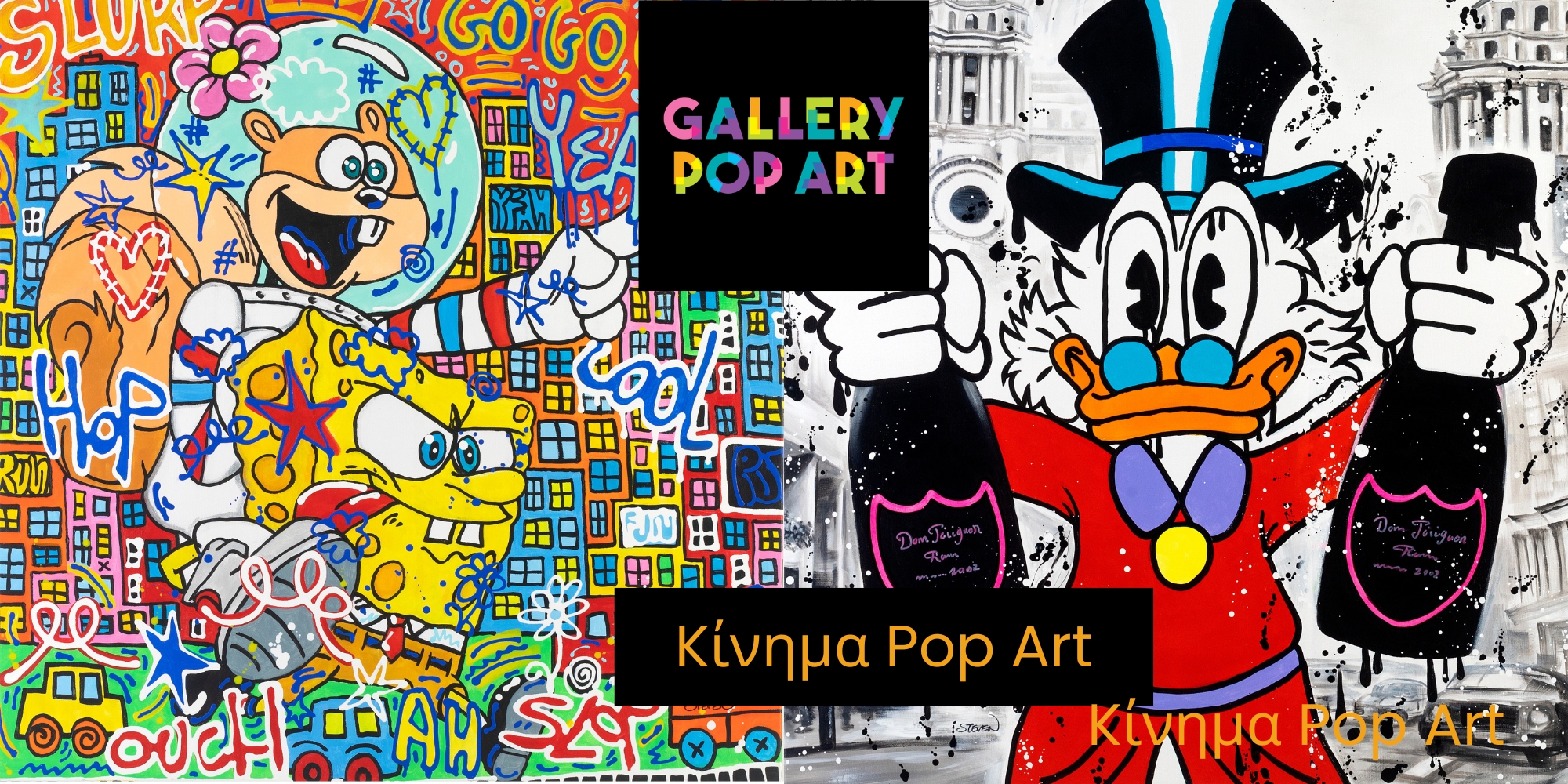Many accomplished artists played a key role in the formation of the pop art movement. Andy Warhol, with his iconic “Campbell’s Soup Cans” and portraits of Marilyn Monroe, became synonymous with pop art. Roy Lichtenstein’s comic book-inspired paintings, with their bold lines and “Ben-Day dots”, became instant works of the moment. Other notable pop art artists include Robert Rauschenberg, Jasper Johns, and Claes Oldenburg, each of whom contributed their own unique perspective to the movement.

